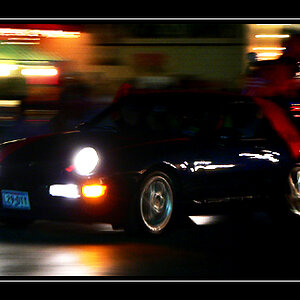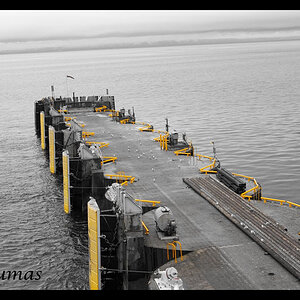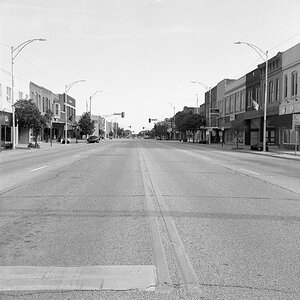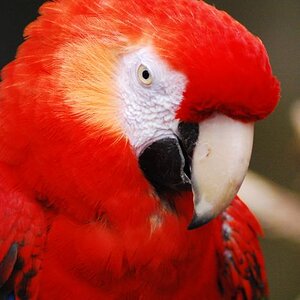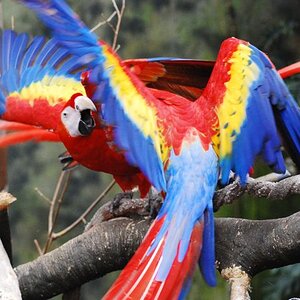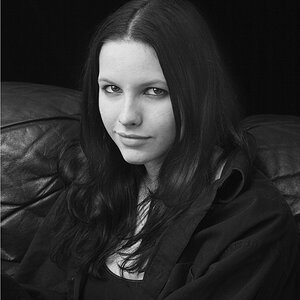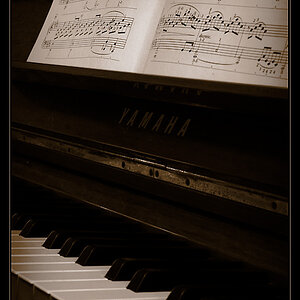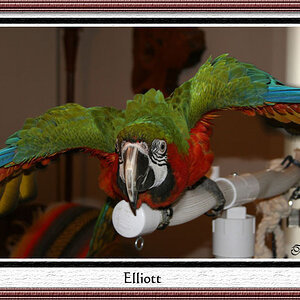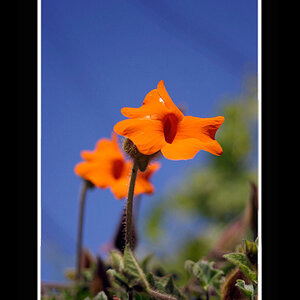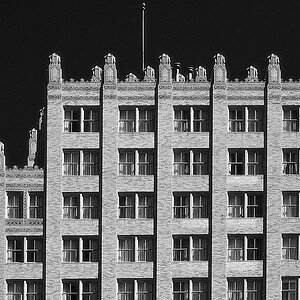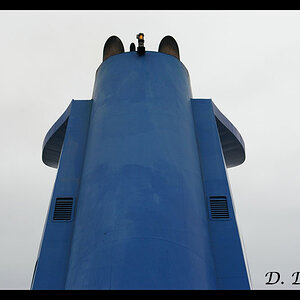photo1x1.com
No longer a newbie, moving up!
- Joined
- Sep 14, 2016
- Messages
- 923
- Reaction score
- 289
- Location
- Austria/Europe
- Website
- www.photo1x1.com
- Can others edit my Photos
- Photos NOT OK to edit
The crop factor
I have never owns a Nikon camera , strictly canon .
One is a cropped body the canon t3I the other is a full frame a canon 5D II
I guess that the Nikon D5300 is a cropped body .
A cropped body camera doesn't change the mm of the lens .. If I put a 24 mm lens on my T3I
its still a 24 mm lens ,,,,,,,,,,,,,,,,,,,,,,,,,,,,,,,,, you can put on a 1.4 extender and that changes the lenses MM.
But a cropped camera it changes the field of view of the lens , because the cameras censor is smaller then a full framed cameras censor ..
If I put my 17mm lens on ,my canon t3I then its around 24mm field of view ........
What ever you are photographing it might give the illusion that its closer , but its not , its just the field of view is narrower .
My t3i is a 1.6 crop take the mm of the lens times it by 1.6 and that is what the field off view is .
Allot of people don't understand how to equate the crop factor in and it gets debated or argued .
Physically you are totally correct, because the smaller sensor just crops a portion of the image (hence the word crop sensor). But especially for beginners it is much easier to understand when comparing full frame cameras to crop sensor cameras, when you talk about focal length (mm) only. Even Adobe and most camera and lens manufacturers do it this way.
In this regard the 11-16mm would produce the following result on a Nikon DX APS-C Sensor (1.5x crop): 16,5 - 24mm which is a really nice wideangle.


